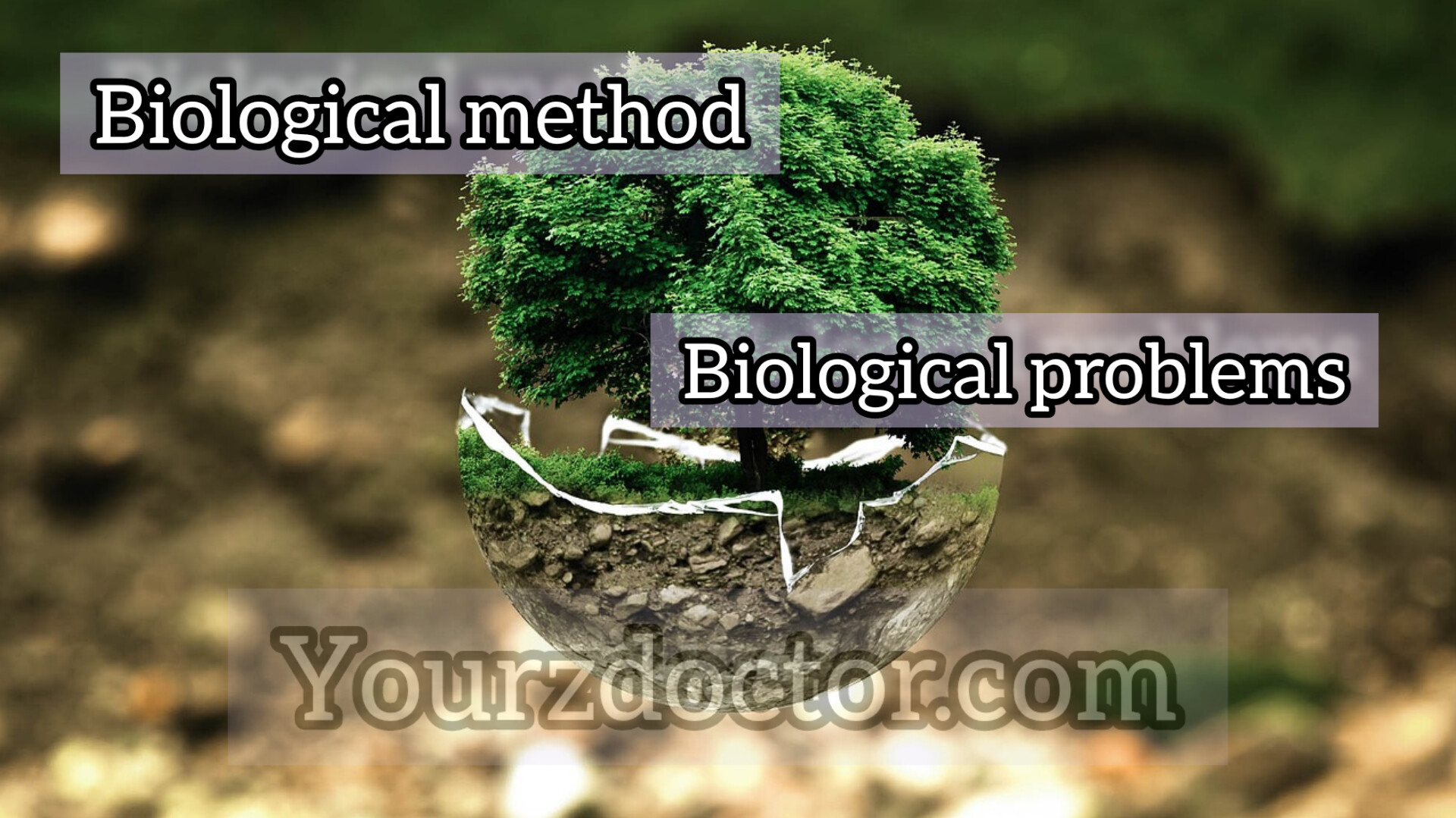Biological method / scientific method:
The scientific method used to solve a
biological problem is known as biological method.
The biological method, also known as
the scientific method, is a systematic approach used by biologists to study and
understand living organisms and their processes. It involves a series of steps
that are followed in order to conduct experiments, make observations, and draw
conclusions about biological phenomena.
How to solve a biological problem?
What is biological problem?
Biological problem:
Any unsolved problem concerned with
life is known as biological problem.
A biological problem refers to a
specific issue or challenge that is related to the study of living organisms
and their processes. Biological problems can range from the molecular level
(e.g. understanding how DNA is replicated) to the organismal level (e.g.
studying the behavior of animals in their natural habitats).
Biological method or scientific method
consist of the following steps
First step of biological method:
Determination of the problem
The first step in solving the
biological problem is the determination of the problem this is the selection of
issue or problem to work on for example malaria.
Determining a biological problem
typically involves observing and identifying a phenomenon or issue that
requires investigation.
Second step of biological method:
Data collection
The second step in solving the
biological problem it is the collection of information related to the problem.
Data collection is an important step
in the scientific method and is essential for investigating biological
problems. It involves collecting and recording information that is relevant to
the hypothesis being tested.
Data collection must be carefully
planned and executed to ensure that the data collected is accurate and
reliable. This may involve using standardized protocols for data collection,
using appropriate equipment and techniques, and minimizing sources of bias or
error.
Once the data has been collected, it
must be organized and analyzed using statistical methods to determine whether
the hypothesis is supported or not. The results of the analysis are used to
draw conclusions about the biological problem being studied and to inform future
research in the field.
Third step of biological method:
Hypothesis
The third step in solving the
biological problem, it is the statement given on the basis of data to solve the
problem. It may be right or wrong.
A hypothesis is a tentative
explanation or prediction for a phenomenon or problem being studied. In
biology, hypotheses are often formulated to explain the observed behaviour of
living organisms or biological systems.
A hypothesis must be testable, meaning
that it can be subjected to empirical testing and potentially be proven false.
To formulate a hypothesis, a biologist will typically make an educated guess or
inference based on existing knowledge, observations, or theoretical models.
A hypothesis can be the result of
deductive reasoning or the consequences of inductive reasoning.
What is deductive reasoning?
Deductive reasoning:
The reasoning that moves from general
to the specific is known as deductive reasoning. For example, if all green
plants require sunlight for photosynthesis, then rose plant also need sunlight
to synthesise food.
What is inductive reasoning?
Inductive reasoning:
The reasoning that moves from the
specific to general is known as inductive reasoning. For example, if we know
that a plant of rose needs sunlight for photosynthesis, then all the green
plants need light for photosynthesis.
4th step of biological method
Experimentation
The fourth step in solving a
biological problem is a hypothesis is put to experimentation and is tested. A
hypothesis that is tested again and again without ever being falsified is
generally accepted.
What is theory?
A series of such hypothesis supported
by the results of many tests is then called a theory.
What is productive theory?
A theory that suggests new and
different hypothesis is called productive theory.
What is Scientific law?
If after many attempts of disproving a
theory, it still survives, then it becomes a scientific law.
A scientific law is an irrefutable
theory
Biology is short in laws because of
the elusive nature of life.
Example of biological problem
An example of biological problem is
malaria for which the hypothesis may be that, if plasmodium is the cause of
malaria then all the persons ill with malaria should have plasmodium in their
blood. When it was put to experimentation, the result was in the favour of the
hypothesis.
Learn more
What is biological method?
What is scientific method?
How biological problem is solved?
How to solve a biological problem?
Solving a biological problem
What is biological problem?
How many steps in the biological
method?
How many steps in the scientific
method?
First step of biological method
What is Determination of the problem
In biological Method?
First step to solve a biological
problem
Second step of biological method
What is Data collection In biological
methods?
Second step to solve a biological
problem
Third step of biological method
What is hypothesis In biological
method?
Third step to solve a biological
problem
What is deductive reasoning?
What is inductive reasoning?
4th step of biological method
What is Experimentation in biological
method?
4th step to solve a biological problem
What is theory?
What is productive theory?
What is irrefutable theory?
Examples of biological problem






0 Comments